Last Updated on February 4, 2024 by Nourhan Essam
Artificial intelligence (AI) is no longer just a concept in sci-fi films — it’s here, and we are already using AI in our everyday lives. AI is seriously changing the way we live. From smart home devices to self-driving robots, artificial intelligence will become an important part of our society.
Artificial Intelligence or AI is being used extensively in medical, business, and scientific research. In this article, we will discuss why artificial intelligence is important, how it can be used in STEM education and the role of artificial intelligence in virtual labs.
Artificial intelligence (AI) has redefined the landscape of computing. Its applications can be seen in almost every area of our life. From business, to science and education .In this article we will focuses on how artificial intelligence can be used in science experiments, role of artificial intelligence in virtual labs and education, and more.
Table of Contents
What is Artificial Intelligence?
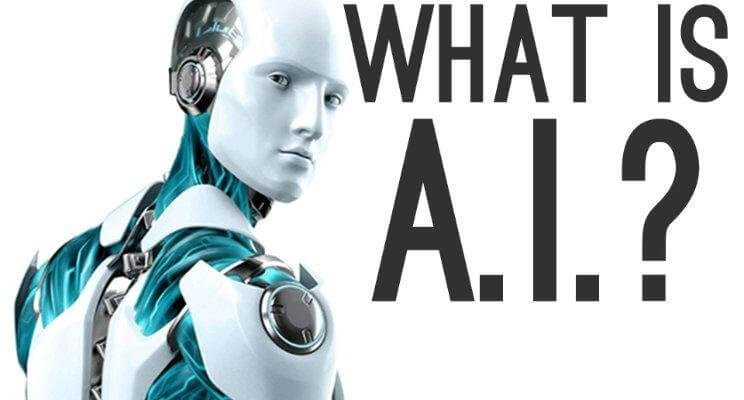
Here, we’re going to focus on how AI can be used in science experiments. But first, let us expain what is Artificial Intelligence?
Artificial intelligence is an area of computer science that focuses on giving machines the ability to “think” like humans. In its most general form, Artificial intelligence involves the computer programs development that can be used to exhibit behaviors that resemble human actions and thoughts.
So, we can define artificial intelligence as a simulation of the processes of human intelligence by computer systems or machines. Today’s AI has become extremely good at data analysis, algorithmic problem solving and decision-making. But, it still lacks aspects of human intelligence such as common sense (the ability to make intuitive judgments based on limited information).
Artificial intelligence allows machines to model, or even improve upon, the capabilities of the human mind.
To know more about the history of AI, please visit our blog “Artificial Intelligence: Its Concept, History, and Most Important Application in Education”
Types of Artificial Intelligence
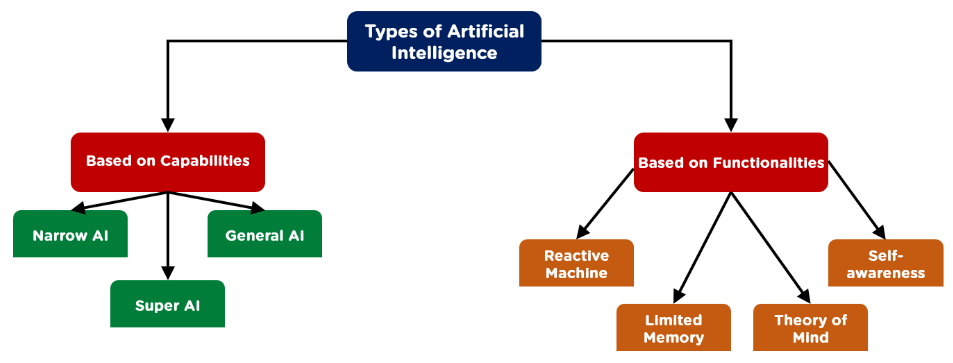
There are 4 main types of artificial intelligence (based on functionalities):
-
Reactive Machines
These types of machines are specialized in the field of work only, as they do not have any data to work with or memory (they can’t use past information for the future actions). For example, in the chess game, the computer (machine) just observes the moves and then makes the best possible decision for winning.
-
Limited Memory
This type of machines has the ability to collect previous data and add it to its memory (have memory). These machines can make decisions as they have enough memory and experience. The memory of this type of artificial intelligence is minimal (limited memory).
For example, Limited Memory machines that are based on limited memory artificial intelligence can make suggestions for a restaurant or café based on the location data that has been gathered.
-
Theory of Mind
This type of artificial intelligence can understand emotions and thoughts, and interact socially. But, machines based on this type are yet to be built.
-
Self-Aware
Self-aware machines are the future generation of artificial intelligence and they will be intelligent, conscious, and sentient.
Note:
There are three main types of artificial intelligence depending on its capabilities:
Weak Artificial Intelligence
It is a common type that can be found in our daily life. Weak AI can do and focus on one task and cannot do beyond its limitations.
Strong Artificial Intelligence
It can understand and learn any task that a human being can do (researchers are striving to reach strong AI)
Super Artificial Intelligence
This type is still a concept. It will surpass human intelligence and can do any task better than a human!
With PraxiLabs virtual labs, students can practice the same experiment for an unlimited number of times, with 0% risk & 100% supervision! Save your time and money and subscribe now!
Advantages of Artificial Intelligence
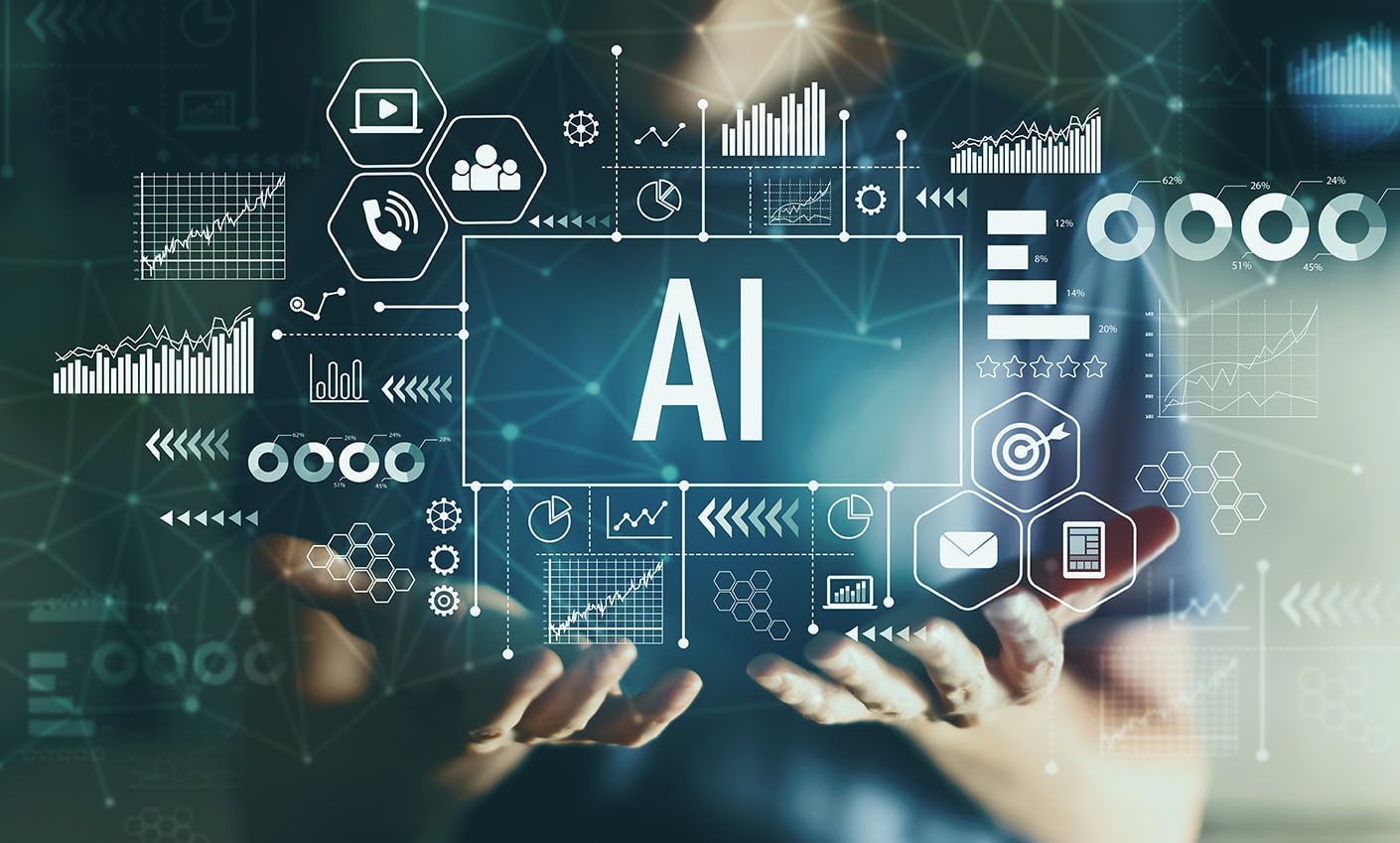
-
Reduce the Human Error and Increase the Accuracy
One of the most important advantages of artificial intelligence is that it can increase accuracy and reduce errors (can be decreased to null). This is because any decision taken by artificial intelligence is decided by 2 things:
- A set of algorithms
- The previously collected information
-
24/7 Available
Artificial intelligence can work endlessly without time offs or breaks. They can do multiple tasks at a time with accurate results and think much faster than humans. With the help of Artificial intelligence algorithms, they can handle repetitive jobs easily.
-
Digital Assistance
Some technologically advanced companies communicate with their clients by using digital assistants and this reduce the human need. Many websites now use digital assistants to answer their clients’ questions quickly. For example, there are some chat bots that are built in a way that makes it very difficult to detect whether we are chatting with a chat bot (digital assistant) or human.
-
No Risks
One of the biggest advantages of artificial intelligence is that humans can reduce the exposure to risks by letting artificial intelligence machines (with their metal and resistant bodies) do them instead of human. For example, exploring oceans, bomb disposal, or going to space. As these machines have metal bodies which are resistant in nature.
-
Perform the Repetitive Jobs
We can use artificial intelligence to efficiently perform any boring tasks like checking several documents, and this will allow people to focus on other important tasks and become more creative.
-
Daily Applications
Today, our everyday life mainly depends on mobile devices and the internet. We mainly depend on the internet and smart devices in our everyday life activities such as sending emails, taking selfies, making calls, detecting the weather, shopping… etc. Therefore, we use AI-based apps to do such activities such as Facebook, Google Maps, ChatBot and many more.
Example: In the past, you must have asked someone who had already been there for instructions when you were planning a trip, but now all you need to do is ask Google Maps where the place is. And it will also detect the best route between you and the wanted place.
-
in Risky Situations
One of the main advantages of artificial intelligence is the ability to use it in risky situations. By creating an artificial intelligence robot that can perform risky tasks on our behalf, we can get beyond many of the dangerous and risky restrictions that humans face. It can be used effectively in any calamity, mining for oil and coal, going to Mars, defusing a bomb, or exploring the deepest regions of the oceans.
8.Making Decision Faster
The ability to make decisions faster is another vital advantage of artificial intelligence. AI here can help organizations and humans make decisions faster, if they provide the AI machines and systems with all the needed data. This can be very valuable in any decisions that must be made very fast and accurately to save lives and prevent errors.
Disadvantages of Artificial Intelligence
Artificial intelligence has disadvantages like:
- AI requires High Costs.
- AI may displace occupations and increase unemployment
- AI can’t learn to think outside the box (no creativity)
- AI also can make humans lazy and tend to use their brains
- Machines and robots can complete tasks that they have been programmed for; but if they are asked to do anything else, they will fail.
- Another disadvantage is that the human connections which form the basis of teams cannot be replaced by computers or robots (emotionless).
Artificial Intelligence in Education
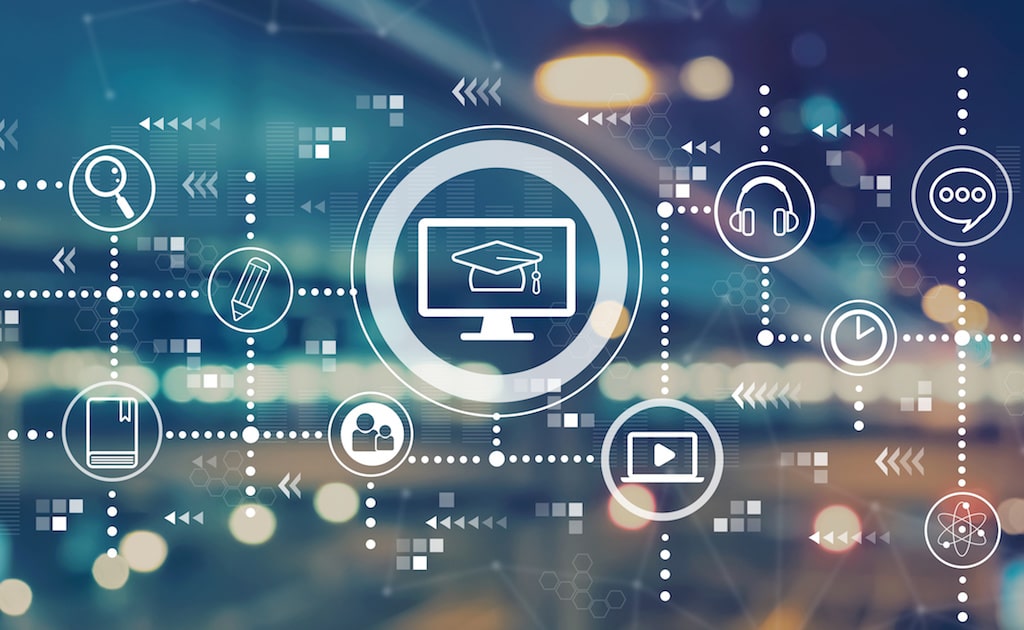
Artificial intelligence has the potential to transform and change many aspects of the classroom by providing students with more engaging and efficient learning experiences and methods. There are many ways in which developers can use artificial intelligence to improve learning outcomes, such as:
- Learning and data analytics
- Adaptive learning
- Courses scheduling and Lesson Planning
- Improve writing skills
- School and facilities management
- Learning Management Systems
- Educational gamification
- Safety and security
- Plagiarism detection
- Academic Research
- Finance
- Using Interactive Games for Early Childhood Education
- Virtual Labs
Benefits of Artificial Intelligence in Education
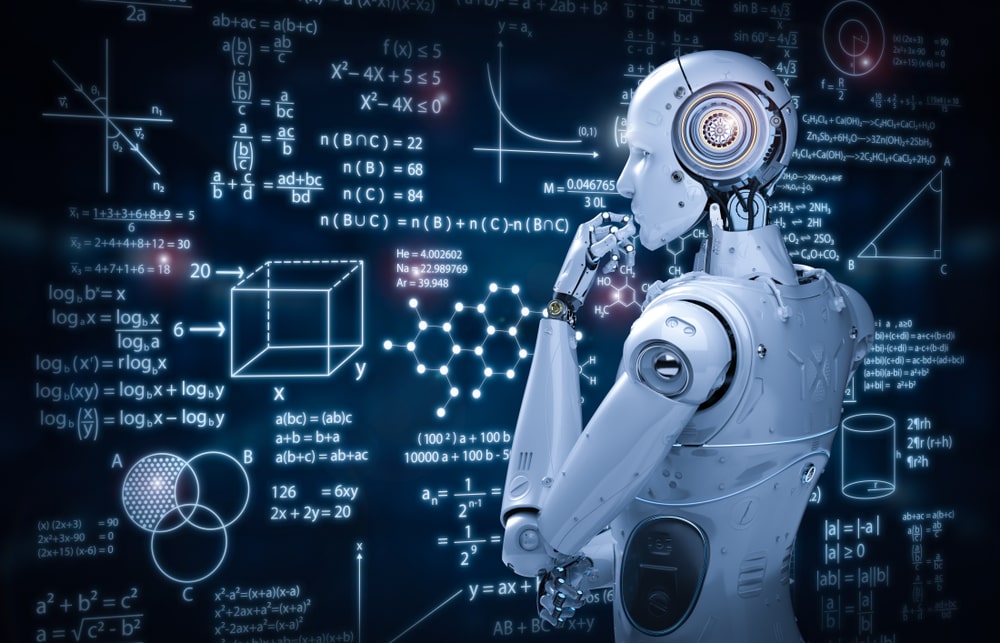
Far from being a threat to the teacher workforce, artificial intelligence will be a major advantage to educators and students. Schools can benefit from the power of artificial intelligence by integrating it with existing digital lab environments that support STEM education. These artificially intelligent systems will be able to take over manual tasks like monitoring student progress and grading assignments, which teachers can then spend more time interacting with students, focusing on their individual educational needs.
According to university of San Diego, the benefits of artificial intelligence in education can be:
Personalization
“It can be overwhelmingly difficult for one teacher to figure out how to meet the needs of every student in his/her classroom. … AI systems easily adapt to each student’s individual learning needs and can target instruction based on their strengths and weaknesses.”
Tutoring
AI systems can “gauge a student’s learning style and pre-existing knowledge to deliver customized support and instruction.”
Grading
Sure, AI can help grade exams using an answer key; but it can also “compile data about how students performed and even grade more abstract assessments such as essays.”
Feedback on course quality
For example, if many students are answering a question incorrectly, “AI can zero in on the specific information or concepts that students are missing, so educators can deliver targeted improvements in materials and methods.”
Meaningful and immediate feedback to students
Some students may be shy about taking risks or receiving critical feedback in the classroom, but “with AI, students can feel comfortable to make the mistakes necessary for learning and receiving the feedback they need for improvement.”
Much of the potential envisioned for AI in education centers on reducing time spent by teachers on tedious tasks to free up time for more meaningful ones.
The potential of AI is to help our education provide enhancement in the following:
- Differentiated and individualized learning
- Automation of administrative tasks
- Tutoring and support outside the classroom
- Universal access for all students
Source:University of San Diego| Artificial Intelligence in Education
Open up the gate for better student engagement with personalized learning! Oxi, PraxiLabs’ friendly AI virtual lab partner, is always there to help, all the way! Create a free account now and try it!
How can AI be used in science experiments?
Artificial intelligence has already had some success in the real world, but it may not get a full chance to prove itself until science starts making use of it. Recently, scientists have been testing how AI can be used to help with experiments in the lab. Here’s an example at how researchers are using artificial intelligence for more accurate and consistent scientific results:
“Scientists at Liverpool University have a new lab assistant (intelligent robot) that helping them with their researches”
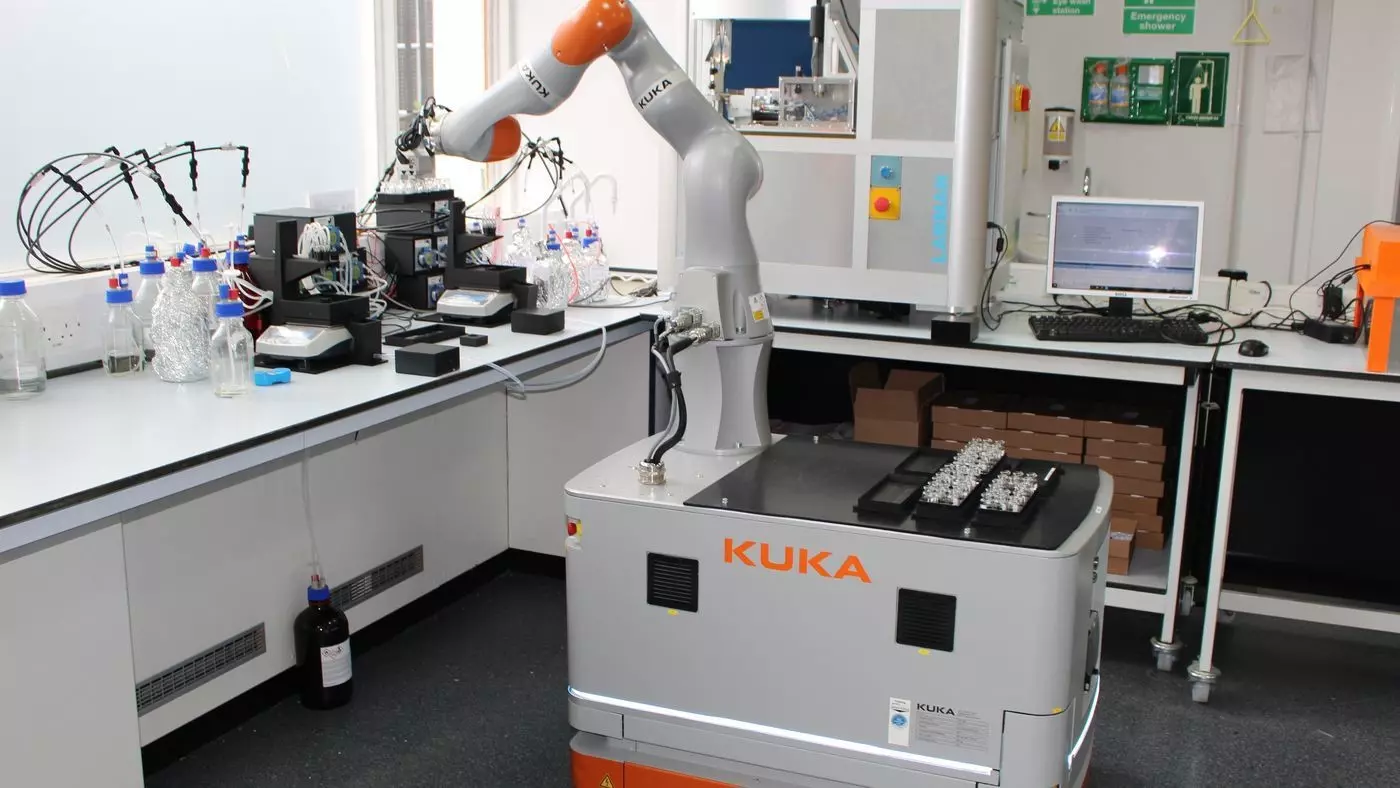
The robot works independently 21.5 hours\day. By using artificial intelligence, the robot has a flexible arm, a customized gripper, strong work ethic and it could accelerate scientific discovery by giving researchers more time to think creatively.
The robot conducts experiments by itself, moves around the laboratory, avoiding human co-workers and also decides for itself which tests to do next depending on previous results. The robot can be able to tackle problems that consume too much time for humans to explore.
The Role of Artificial Intelligence in virtual Labs
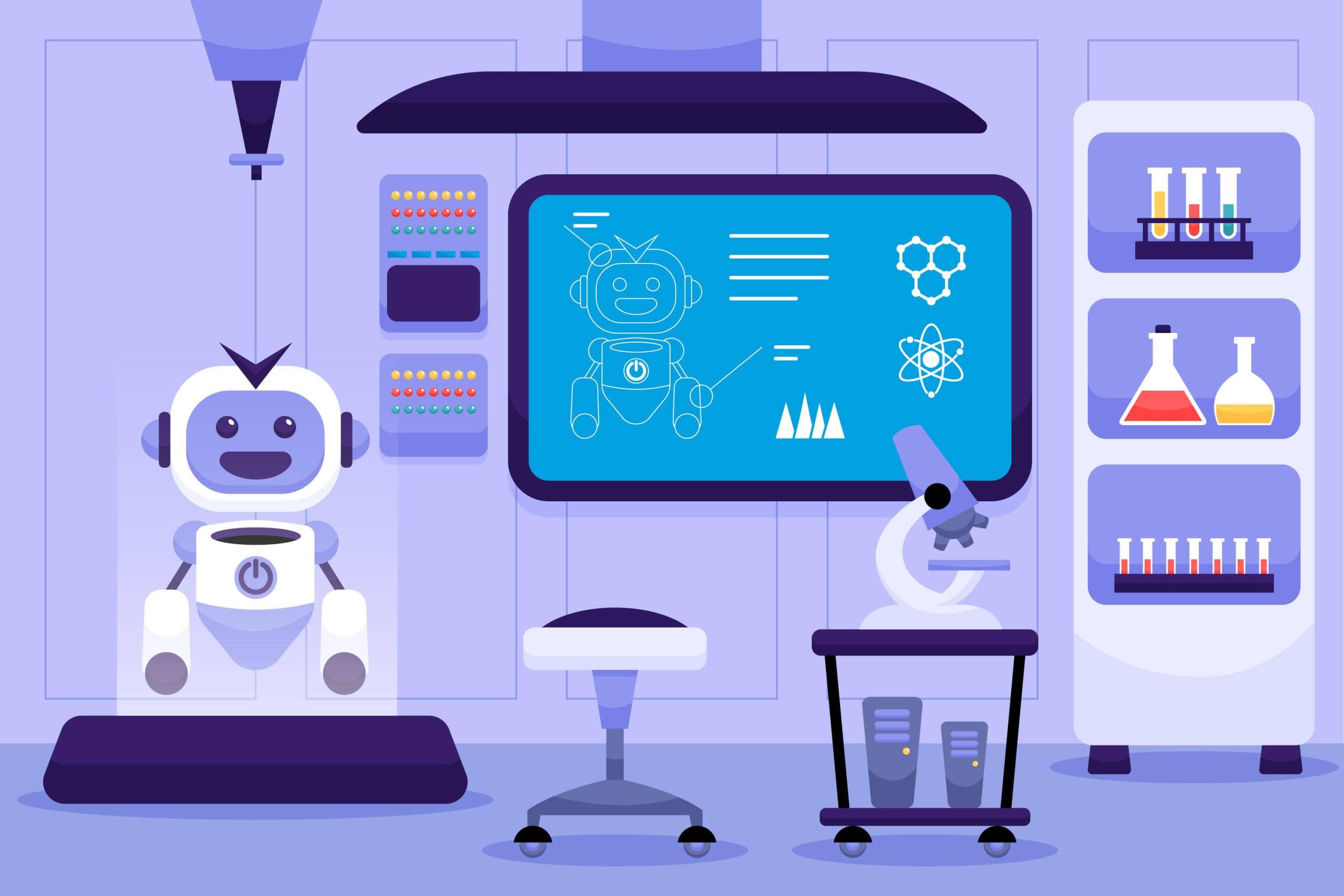
Students of universities should be able to familiarize themselves with virtual laboratories. To do this, intelligent virtual laboratories are necessary, this is where the role of artificial intelligence in virtual labs comes in. AI will be used in the enhancement of the quality of learning and transfer of knowledge.
Some applications in virtual laboratories don’t have interactions with students. However, students need interactions to determine which content, what tools they can use and which modules . Laboratory interaction with students is important and needed so that students can run virtual laboratory applications according to their desires and abilities and also they can carry out them anywhere and anytime. For this reason, artificial intelligence in virtual laboratories and interactions are needed so students can carry out practices in laboratories that simulate the real laboratories.
The utilization of this virtual laboratories application requires AI so students can interact effectively, and, consequently, the virtual lab can become smart.
One of the artificial intelligence algorithms that suit students’ abilities and desires is the Expert System algorithm, which classifies students according to which modules can be used by students based on their abilities. Students can choose according to their wishes and decide their preferred module based on the expert systems classification.
PraxiLabs virtual labs provide a game-like experience that gives students many features like a little nudge with hints, skipping ahead at any stage (but still getting this reported), a lab manual, walkthrough videos, instant support, cautionary notes for toxic materials and more.
Start your science experiments virtual labs now and level up the learning outcomes you’re looking for!
